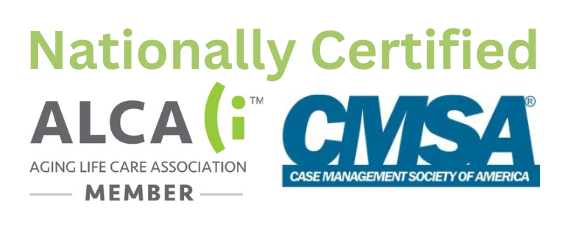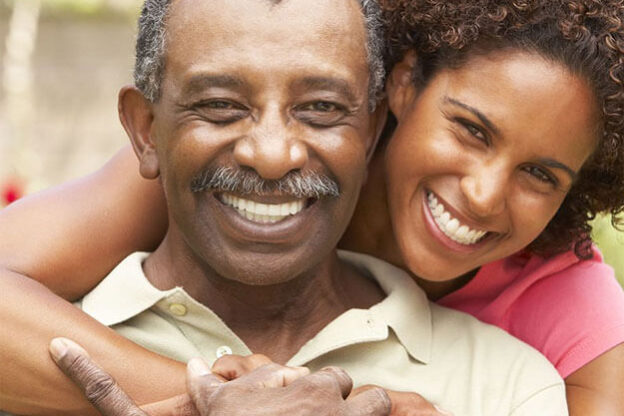Whether a senior relative or friend is still living at their own home, or your elderly parent is moving into yours, keeping a safe environment and minimizing risks and hazards is critical to their well-being and longevity. The following list of tips, ideas, and guidelines may help to provide clarity – or spur additional ideas – on some simple actions that can be taken to ensure that your senior loved ones’ homes are as safe as they can be.
Seek guidance
There are a number of measures one can take to ensure the safety of our aging loved ones, wherever they may reside. Professional assistance may be required to determine the most effective steps to be taken.
Even if the situation seems low-risk, calling on the expertise of Geriatric Care Managers (also known as Aging Life Care Experts), is never a bad idea. These professionals specialize in keeping the elderly safe and may have recommendations that may not occur to a normal person.
Research
Many online resources exist to assist in these efforts as well. For example, the Office of Veterans’ Affairs’ (VA’s) offers a list of things caregivers can do that are diagnosis-specific.
If professional in-home care is being provided, do your homework on the organizations and individuals. This may include background checks, contacting references, and dropping by on a regular basis, unannounced, to monitor what’s happening in the home.
Developing a relationship with in-home care providers will help you better understand their methods, and, perhaps, their shortcomings. You can more easily identify areas of necessary improvement if you are regularly observing the care that is being delivered.
To learn more about our services, click here.
Easy fixes
Any number of loose or wearing materials in a home can create fall or injury hazards. It’s important to keep an eye on the condition of the home and furniture to mitigate risk.
Loose rugs, carpeting, or flooring should be secured. Slippery finished flooring materials or stair treads, as well as slick bathtubs and shower floors can be remedied with no-slip materials applied with adhesive.
Small pieces of furniture within or near walkways, electric cords, and other clutter should be organized and neatly tucked away. Castors and wheels should be removed from chairs and other furniture items.
Moving regularly used appliances, such as clothes washers and dryers to a first-floor location, to minimize stair usage, is also a common-sense safety precaution. Stand-assist electric recliners, though potentially costly, can be invaluable as well.
Household modifications
Beyond the simple electrical cord and flooring fixes, it may be a good idea to make modifications to the home, depending on the individual, to increase safety levels. Adding railings in hallways, in bathrooms, or wherever necessary, switching out doorknobs for non-lockable levered handles, and adding a raised toilet, are good places to start. Additional checks during the winter months to make sure sidewalks and driveways are clear is also recommended.
Be sure that the water-heater temperature is not set too high, or that tempering valves are installed as necessary to prevent scalding.
Check that a fire extinguisher is easily accessible in the kitchen. Consider providing an induction cooktop that will automatically turn off when the pot is removed.
Improve lighting in hallways and stairways, and perhaps add motion sensors on lights as needed, both interior and exterior. Use additional lamps where needed. The ones that turn on by touch can be much easier to use.
Smoke, natural gas, and CO2 alarms should be installed and maintained around the house, particularly in bedrooms.
Maintain contact
Check in frequently by phone, video chat, or simply by stopping by. Not only is regular monitoring wise from a safety standpoint, but your elderly loved-one will be less likely to feel isolated, depressed, or forgotten if you are simply present and showing up regularly in their lives.
Assessing the specific needs of our elderly loved ones may yield other issues to contend with, or you may find that there are not many safety concerns to be addressed. Being informed is the first step to ensuring their safety. These guidelines should provide a good starting point for those who may be feeling overwhelmed by this responsibility.
PLEASE NOTE: All safety recommendations and alterations to the home environment should be completed by a professional with experience and qualifications in ADA compliance.
Feel free to contact our senior care management team for more information.






